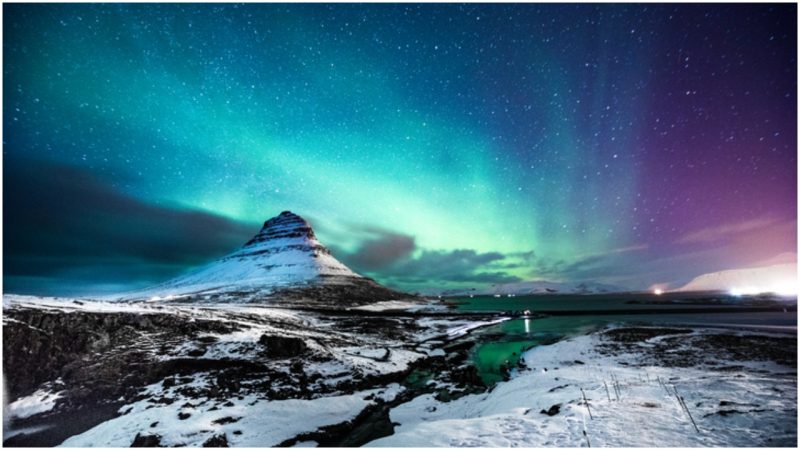Auroras, also known as northern lights, are a phenomenon that causes brilliant and colorful lights that shine in the sky. The bright green and red glows can be observed in areas closest to the earth’s poles, such as Alaska.
While the phenomenon is extremely beautiful, the underlying geomagnetic disturbances that cause the lights can be very dangerous.
The most remarkable of these events was recorded in 1859. A British astronomer named Richard Carrington was documenting sunspots when he observed two bright flashes that indicated a massive geomagnetic storm.
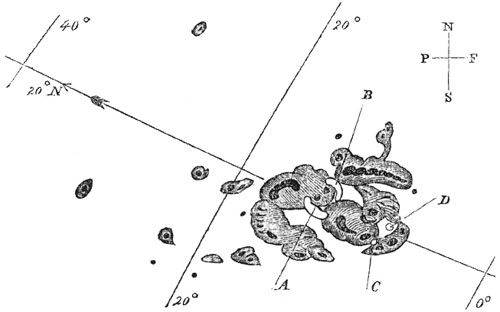
According to his report in the Monthly Notices of the Royal Astronomical Society, Carrington initially thought that a ray of light had simply gone through his observation equipment. He noted that the projected image was as bright as direct sunlight.
The resulting magnetic pulse was so strong that it caused sparks to erupt from telegraph machines; shocking operators and in some cases setting their papers ablaze. This phenomenon became known as a Carrington event, after the astronomer who documented it.
Though auroras are typically only seen closer to the Polar Regions, during the Carrington Event, red auroras were seen as far as Hawaii and El Salvador.
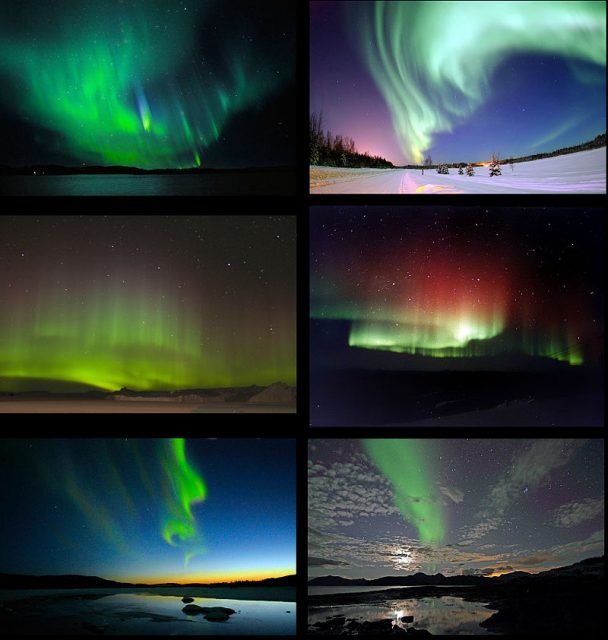
Auroras are caused by the earth’s magnetic poles reacting to solar particles. The electric current from the solar particles follow the earth’s magnetic fields and interact with the nitrogen and oxygen molecules in the atmosphere causing them to glow. The different gases emit different colors when they glow. Oxygen glows green and causes the most commonly seen auroras.
The Carrington Event was different from a typical aurora because it was caused by a massive solar storm. These space weather anomalies create massive electromagnetic pulses. In 1859, electronic technology was much more limited. The telegraphs that sparked during the incident were the height of telecommunications technology at the time.
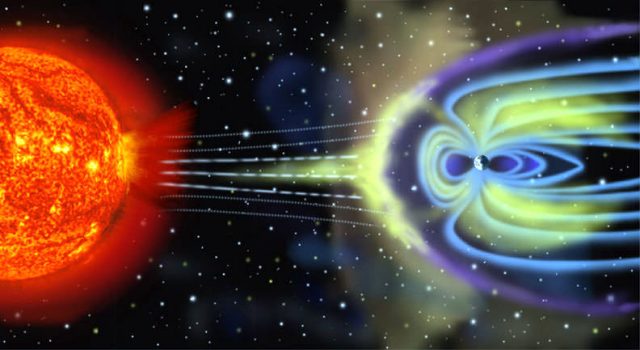
Today, telecommunications are very different. Humans are much more dependent on technology such as cellphones and global positioning systems (GPS). If a Carrington Event like the 1859 one occurred today, modern society would be devastated.
According to Business Insider, if a Carrington Event of the same magnitude happened today, it could destroy global telecommunications systems. A 2007 NASA report estimated that the damage to satellites would cost between $30 and $70 billion.
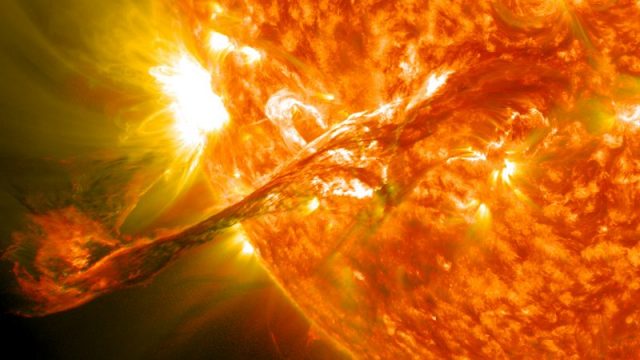
Many daily tasks now rely on technology that would be affected. In addition to cell phones and GPS, electric grids would be extremely vulnerable. The systems that make everyday purchases with credit and debit cards rely on satellite communications. A Carrington Event would make daily life, as we know it now, impossible.
A modern Carrington Event is possible. An event known as the Valentine’s Day flare occurred in 2011. It was a much smaller solar flare than the 1859 event, but it did interfere with some radio communications and GPS signals for airplanes. Tom Bogdan, the director of the Space Weather Prediction Center, is quoted in a National Geographic article explaining that solar activity has cycles similar to how there is a hurricane season. Therefore, it may not be a single event that we need to worry about, but a series of events.
Society in general is poorly prepared for one of these events. In a PCMag article, Michael Hesse the chief of NASA’s Space Weather Laboratory explained that the best preventative option at the moment would be to try to predict massive solar flares and shut off electronic equipment before the electromagnetic pulse hits to minimize damage.
The 1859 event highlights that this beautiful phenomenon can have dangerous repercussions, especially in the modern age. A few small fires is nothing compared to the damage that could be cause if power grids and telecommunications systems go dark.
